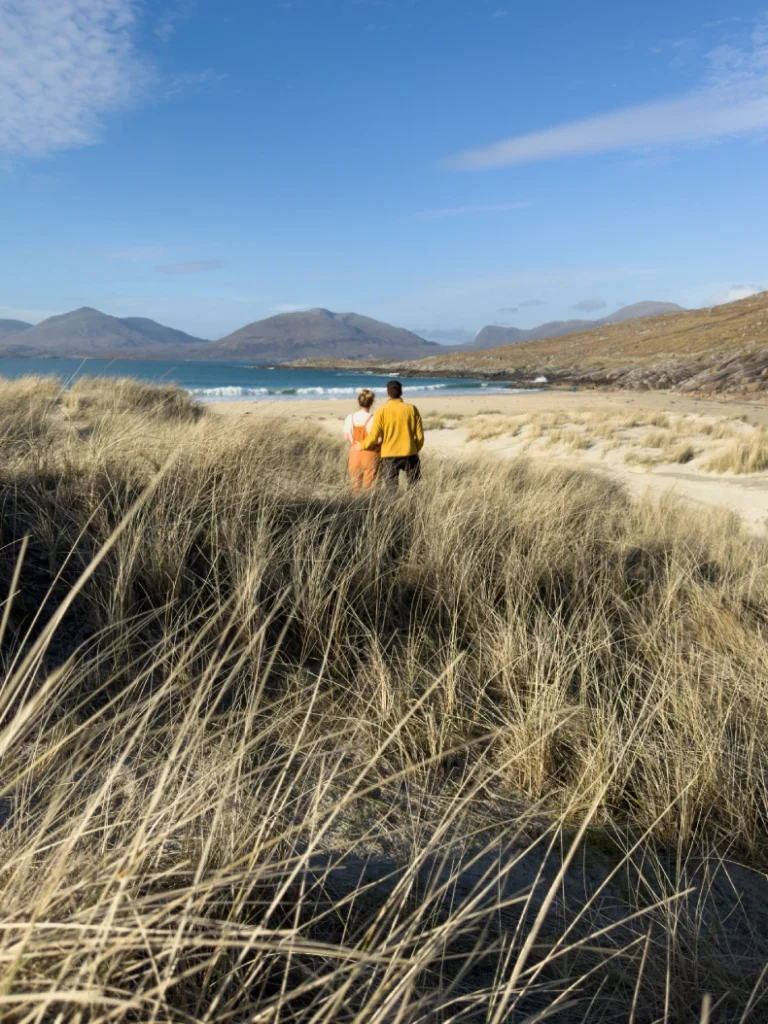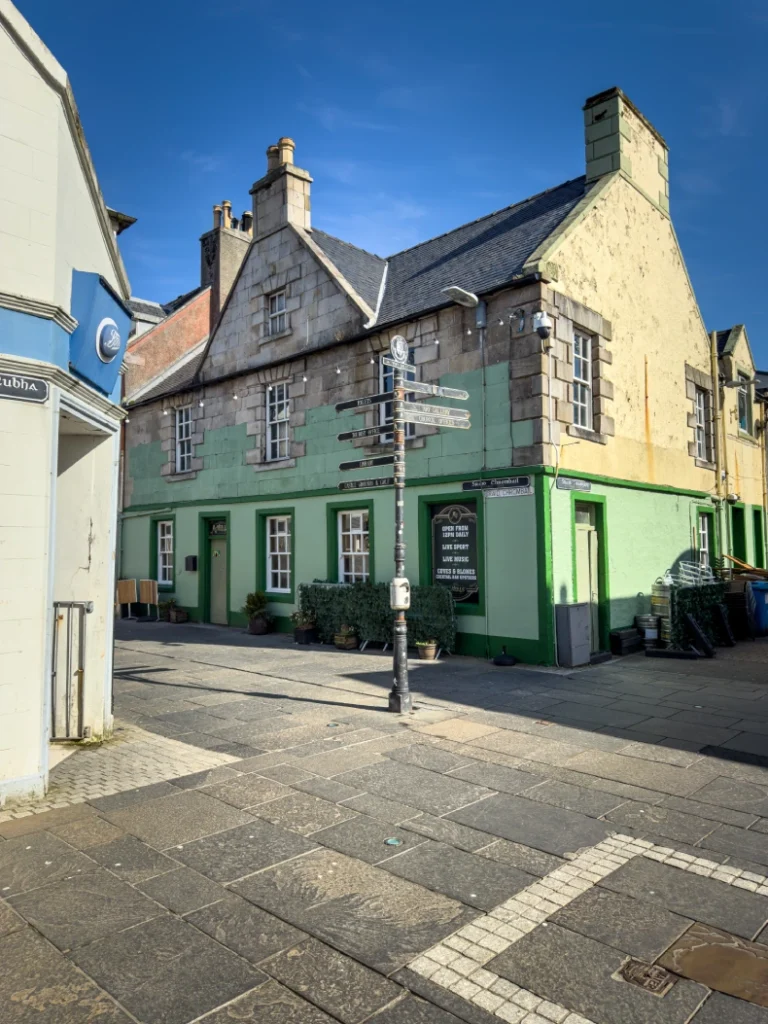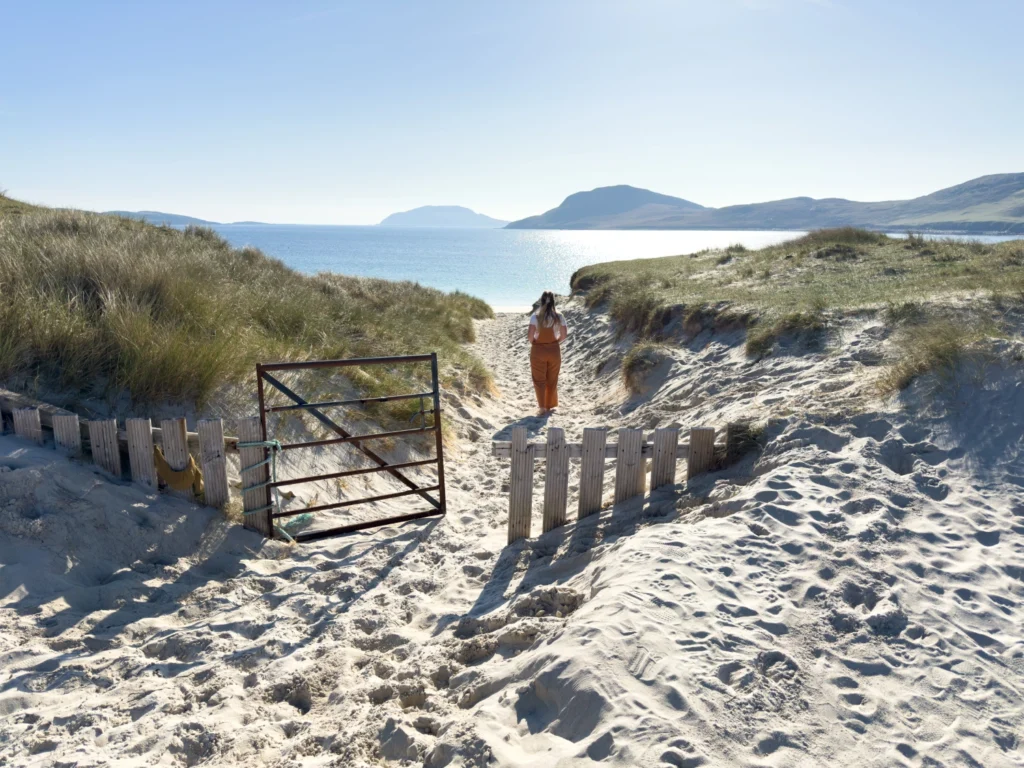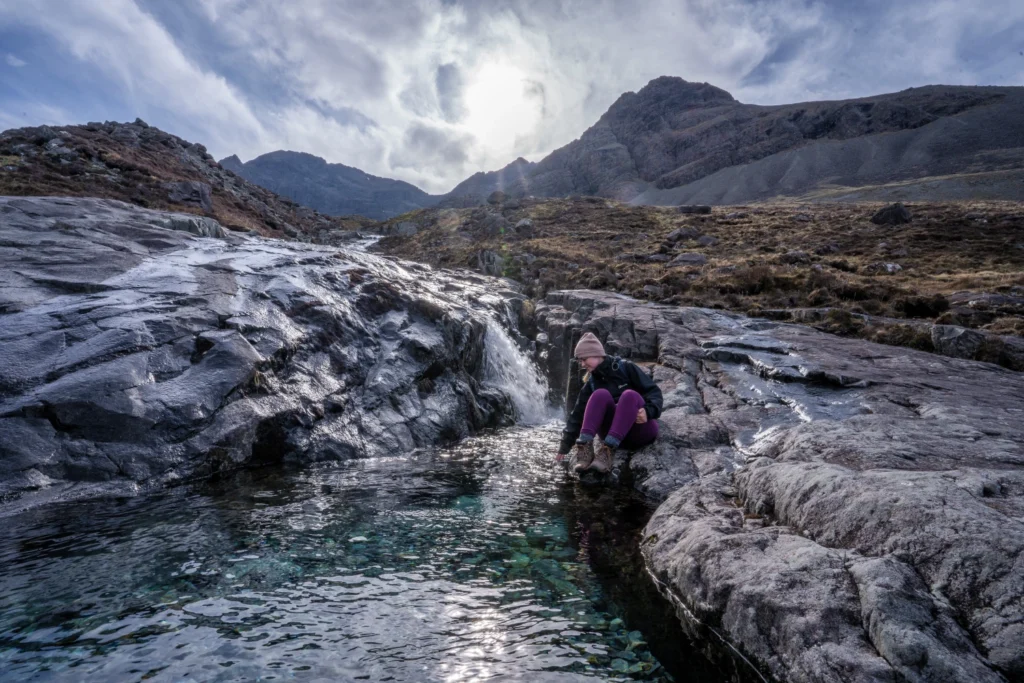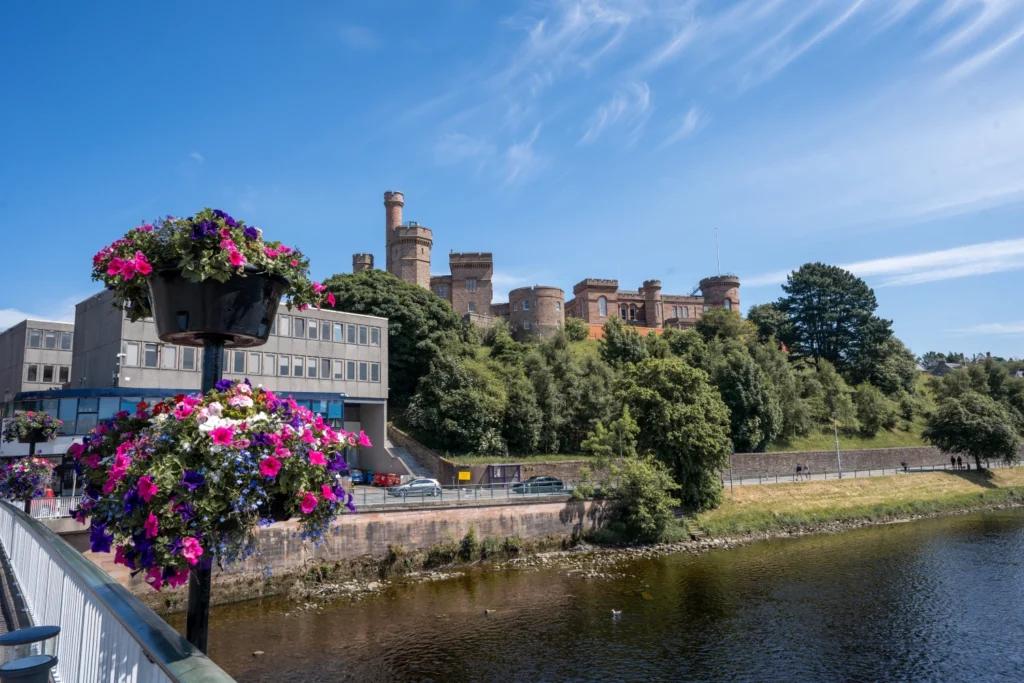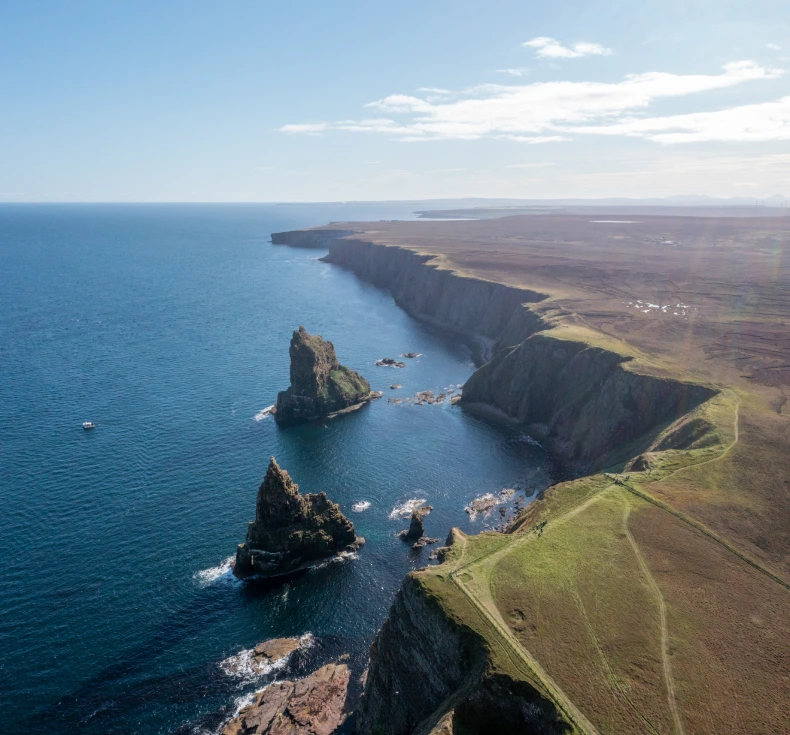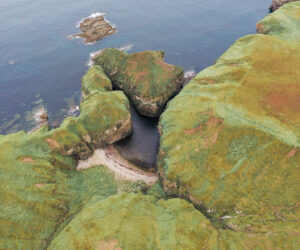Wild Camping on the Outer Hebrides: Your Essential Guide
If you’re dreaming of an adventure where you can pitch your tent under a vast, star-filled sky, waking to the sound of waves crashing on a deserted shore with nobody nearby for miles, then wild camping in the Outer Hebrides is an experience you won’t soon forget!
Stretching for over 130 miles, Scotland’s Western Isles offer an unparalleled sense of escape. From the golden shores of Harris to the mysterious Callanish Stones on Lewis, the crofting traditions of the Uists to the idyllic beaches of Barra, each island has its own unique charm. It’s a place where Gaelic traditions reign, where ancient myths seem the most alive, and where the pace of life slows to a gentle rhythm.
For the wild camper, it offers solitude, breathtaking surroundings, and the freedom to explore.
But how do you get there? Where can you camp? And what do you need to know to make the most of it? Our essential guide should answer all of your questions, and more!
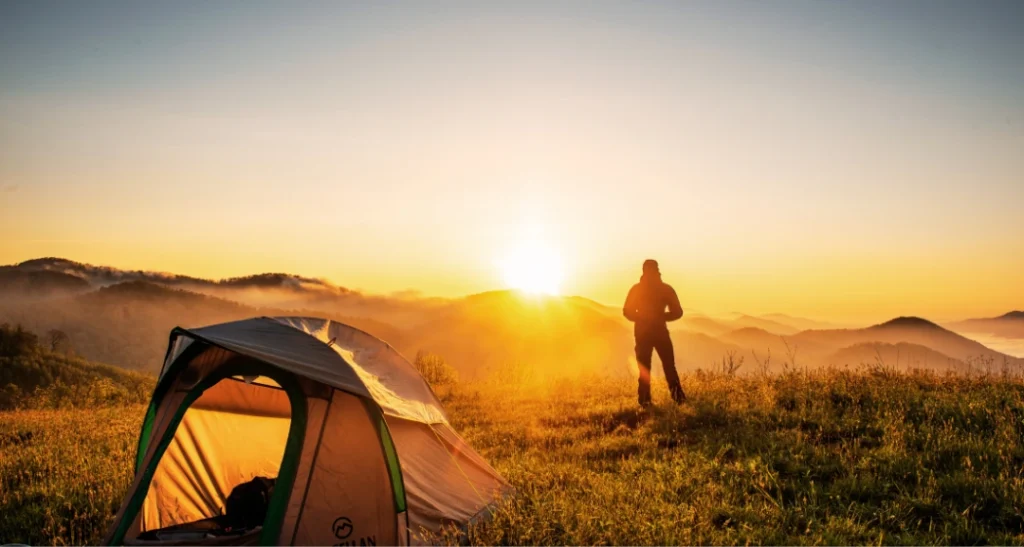
Table of Contents
Planning Your Trip
We use the below booking platforms to plan our trips. We hope you find them useful too!
Understanding Wild Camping in Scotland
First things first: wild camping in Scotland is legal and encouraged, thanks to the Land Reform (Scotland) Act 2003. This “right to roam” grants responsible access to most land; however, “responsible” is the keyword here. The Scottish Outdoor Access Code (SOAC) provides clear guidelines to ensure you leave no trace and respect the environment and local communities.
Remember, wild camping is about blending in, not standing out!
Key Principles of the SOAC:
- Leave No Trace: This is paramount. Take everything you bring with you, including all litter, foodstuffs, and human waste.
- Be Self-Sufficient: Your camp should be lightweight and cause minimal impact.
- Move On: Wild camping is about temporary stays, usually no more than 2-3 nights in one spot.
- Choose Your Spot Carefully: Avoid enclosed fields of crops or animals that are also close to roads, or in sight of houses. Seek out resilient ground!
- No Fires (Ideally): While small, contained fires are technically allowed in some areas, it’s best to avoid them entirely in sensitive environments like the Outer Hebrides, especially with peat bogs and dry machair (local fertile grasslands). A camping stove is always the preferred option for cooking!
- Respect Privacy: Give homes and buildings a wide berth.
- Be Considerate: Minimise noise and keep group sizes small.
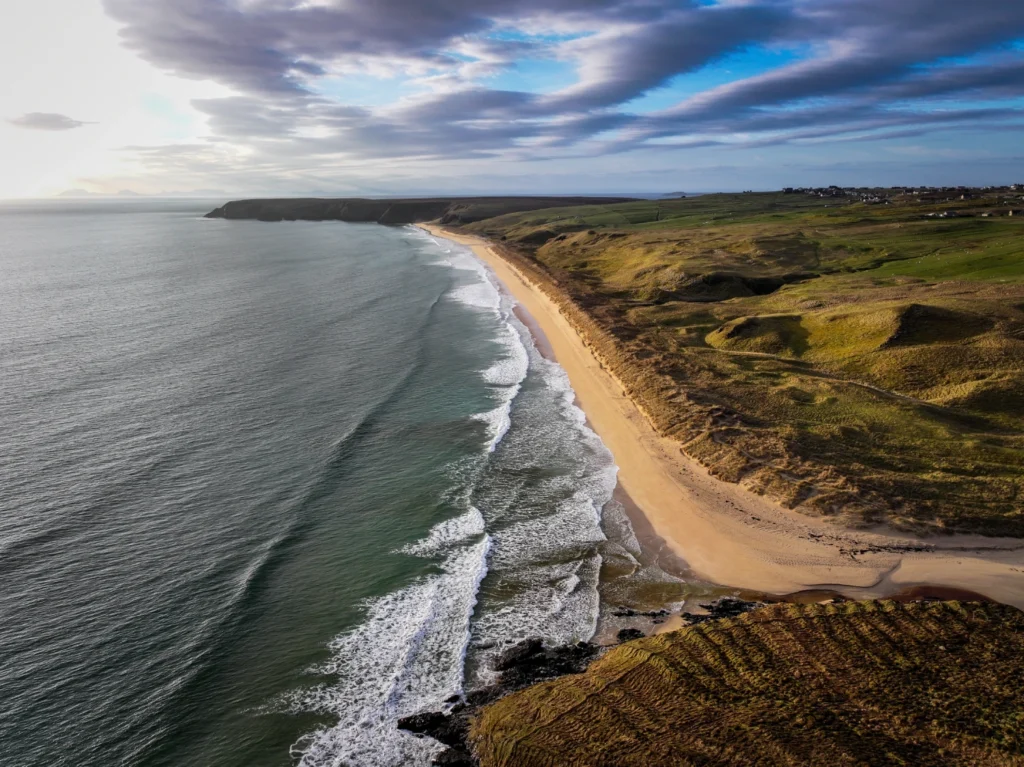
Campsites vs. Wild Camping: A Balanced Approach
While this guide focuses on wild camping, it’s worth noting that the Outer Hebrides does have several excellent organised campsites. These can be a fantastic option for:
- Recharging: After a few nights of wild camping, a campsite offers hot showers, laundry facilities, and often a chance to charge devices.
- Socialising: If you fancy a chat with fellow travellers, campsites are perfect.
- Specific Locations: Some prime spots might have a campsite where wild camping isn’t feasible or appropriate.
Don’t dismiss them entirely! They offer a unique experience and can complement your wild camping adventures beautifully.
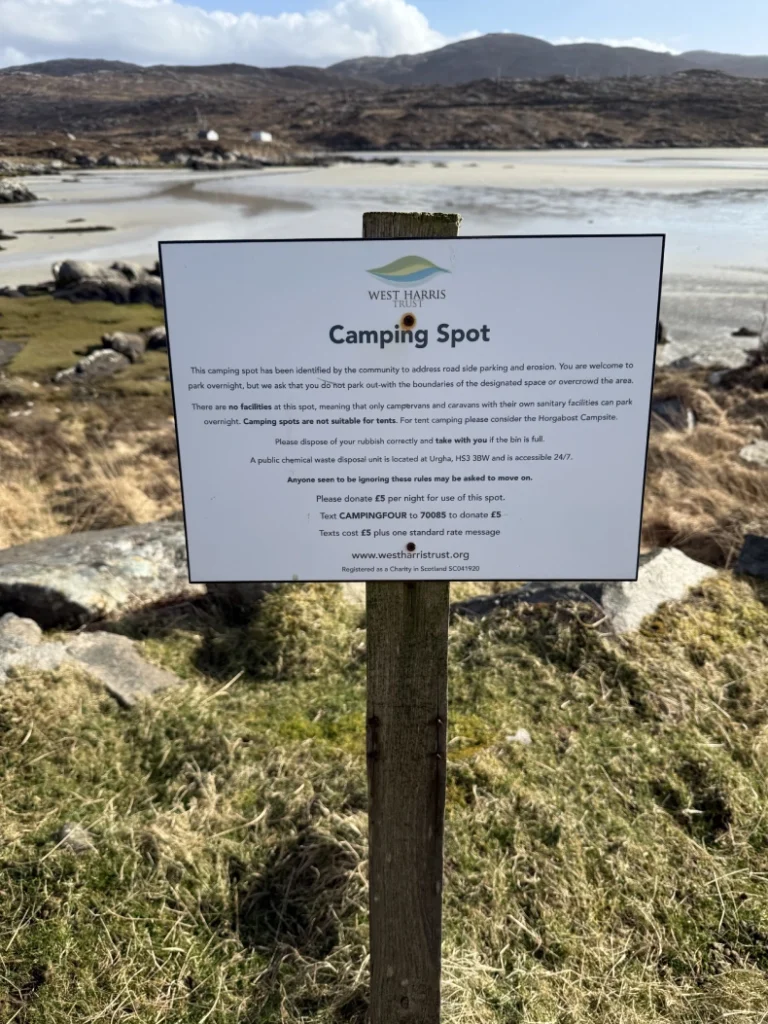
Points of Interest: Plan Ahead
There are many iconic sites, locations and activities that you should take time to include on your Hebridean travels – many have local campsites and overnight campervan park-ups situated near them, so we would highly recommend researching your perfect base as you tick off local landmarks!
- Callanish Standing Stones (Lewis): An awe-inspiring Neolithic monument, older than Stonehenge, where ancient history comes alive.
- Gearrannan Blackhouse Village (Lewis): A preserved traditional crofting village offering a glimpse into island life from centuries past.
- Clisham (Harris): The Hebrides’ highest peak, promising excellent views and glimpses of legendary island wildlife.
- Luskentyre Beach (Harris): Regularly voted one of the world’s best beaches, with its white sands and turquoise waters.
- Eriskay, Mingulay and Barra: Explore the smaller, incredibly scenic southern islands, with their unique charm and history (including the famous Barra Airport beach runway!)
- Off-grid Activities: Hiking, cycling, kayaking, birdwatching – the opportunities for outdoor adventures are endless, as are nearby cosy refuges!
Looking for the Perfect Guide?
More from The Isles!
Getting There: Ferry Routes
The ferry system is the lifeblood of the Outer Hebrides, and is operated by Caledonian MacBrayne (CalMac). Understanding how they work is crucial for planning your trip.
Main Ferry Routes to the Outer Hebrides:
- Ullapool to Stornoway (Lewis): This is the most popular route, taking around 2 hours 45 minutes. Stornoway is the largest town in the Outer Hebrides.
- Uig (Skye) to Tarbert (Harris)/Lochmaddy (North Uist): This route offers flexibility, allowing you to start your island-hopping adventure in either Harris or the Uists.
- Oban to Barra/South Uist: These longer crossings are great if you want to start at the southern end of the islands and work your way north. The Barra ferry is unique in that it lands on the beach at the airport!
- Inter-Island Ferries: Once you’re on the islands, CalMac also runs smaller ferries between islands like Harris & Lewis, North Uist & Harris, Benbecula & North Uist, and South Uist & Eriskay. These are essential for island hopping!
Tips for Booking Ferries:
- Book Well in Advance: Especially if you’re travelling with a vehicle during peak season (June-August), ferries fill up fast. Book months ahead!
- Consider a Hopscotch Ticket: CalMac offers “Hopscotch” tickets, which are multi-leg fares that can save you money if you’re planning on island hopping.
- Check for Disruptions: Weather can significantly impact ferry schedules, especially during the winter months. Always check the CalMac website for service updates before and during your trip.
- Arrive Early: Even if you have a booking, aim to arrive at the ferry terminal at least 30-45 minutes before departure!
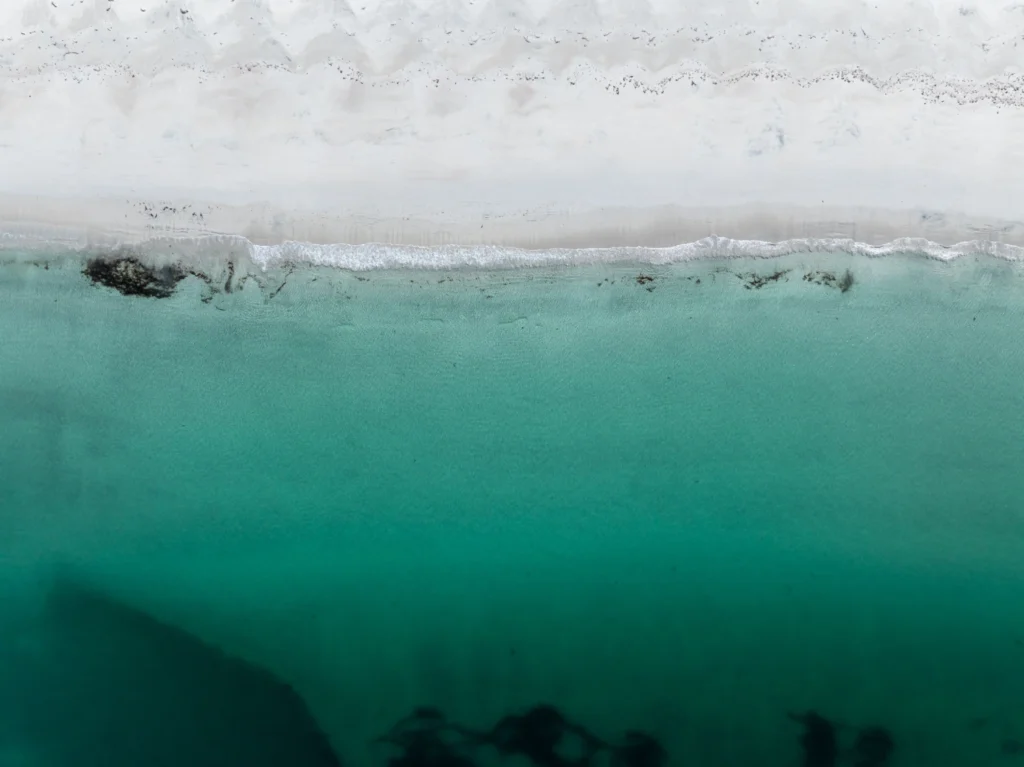
In Need of a Hebridean Steed?
Getting Started: Planning Your Itinerary
The beauty of wild camping is the freedom, but a rough plan is always good – just leave enough wiggle room for some detours!
- Your Starting Point: Will you fly into Stornoway, or take a ferry from Uig (Skye), Oban or Ullapool?
- Island Hop or Base Camp? Decide whether you want to explore several islands or focus on one or two in-depth.
- Research Potential Spots: While you won’t book a wild camping spot, research areas known for their scenic beauty and accessibility. Look for flat, resilient ground away from houses and roads. The machair (low-lying fertile grassland behind beaches) can be beautiful, but be mindful of sensitive ecosystems!
- Travel Time: The islands are larger than they look, and roads are often single-track with passing places. Allow ample time for driving.
- Leave Room for Spontaneity: The best wild camping spots are often found by chance. Be open to exploring and finding your own perfect slice of paradise!
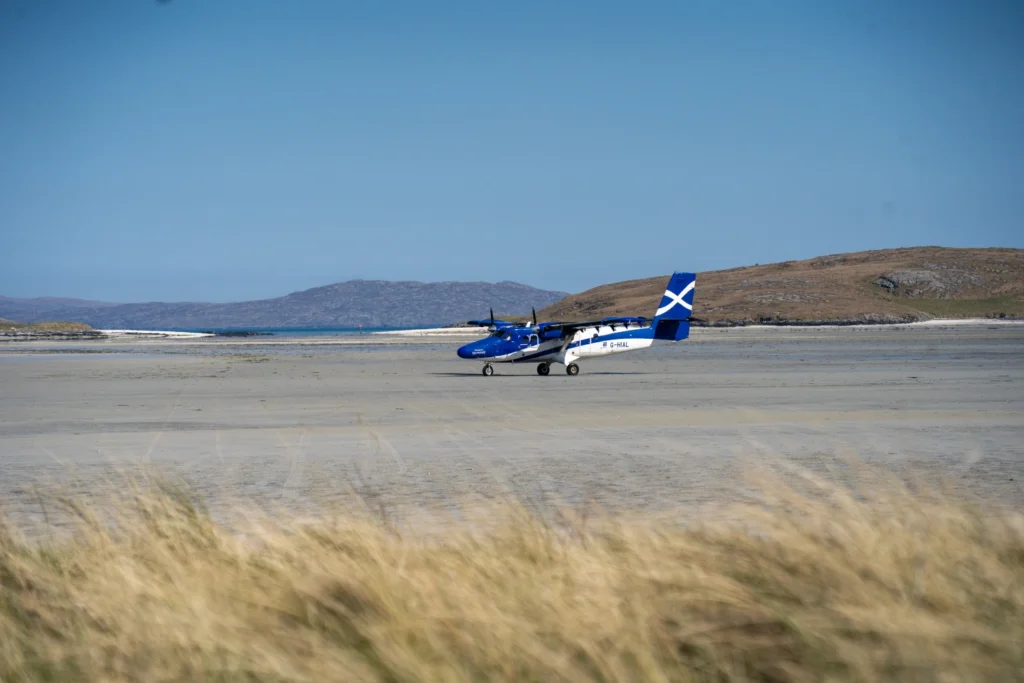
More Posts Like This . . .
Your Outer Hebrides Wild Camping Checklist
Before you set off, here’s a rundown of essential gear we highly recommend. It doesn’t matter whether you’re occasionally relying on motorhome amenities or local campsite facilities, if you are wild camping at any point of your journey then these items are non-negotiable:
- Tent: A lightweight, sturdy tent that can withstand strong winds and rain is vital. Hebridean weather can be very unpredictable!
- Sleeping Bag: Even in summer, nights can be cool. A 3-season sleeping bag is a good idea.
- Sleeping Mat: For comfort and insulation from the ground.
- Cooking System: A reliable gas stove, fuel, and cooking pots. Remember, no fires!
- Water Filter/Purification Tablets: Although water sources are abundant, we recommend using a filter.
- Navigation: Map (Ordnance Survey Explorer maps are excellent), compass, and a fully charged GPS device/phone with offline maps.
- Waterproofs: A Full waterproof jacket and trousers are non-negotiable.
- Warm Layers: Even on sunny days, the temperature can drop. Mid-layer fleeces can be incredibly versatile!
- Sturdy Hiking Boots: Essential for exploring the varied terrain.
- First Aid Kit: A comprehensive one, including blister treatment.
- Head Torch: For navigating in the dark.
- Rubbish Bags: For packing out all your waste.
- Trowel and Toilet Paper: For responsible human waste disposal (bury at least 30cm deep and well away from water sources).
- Power Bank: For charging your phone and other devices.
- Insect Repellent: Midges can be a nuisance, especially in still, humid areas like bogs and secluded glens.
- Food/snacks: Plan your meals, as shops can be scarce in remote areas!
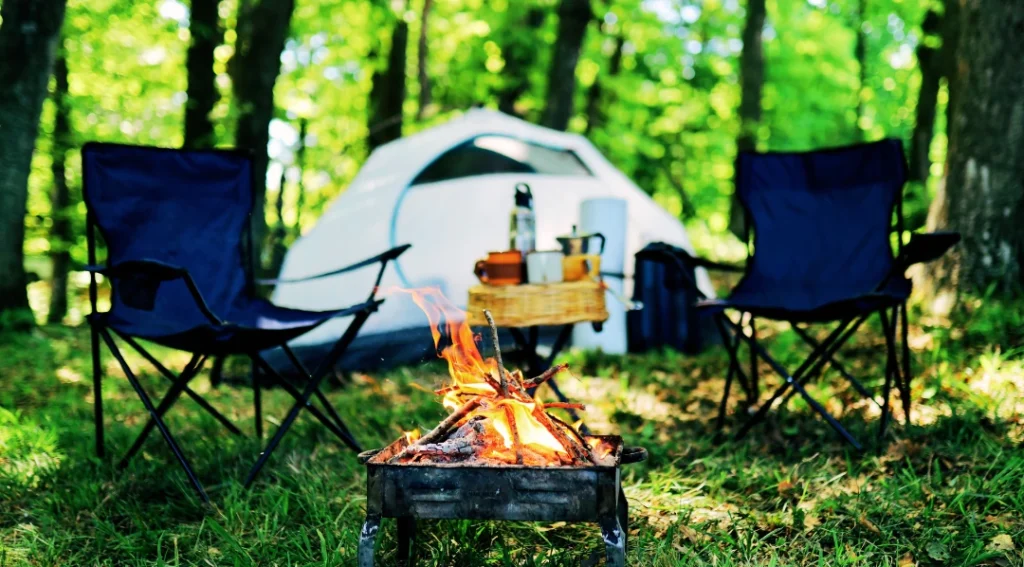
Some Final Advice
Being a responsible wild camper on the Outer Hebrides means understanding and respecting the unique environment and culture that sets the Isles apart from mainland Scotland.
- The Machair: This fragile ecosystem is vital for wildflowers and rare birds. Tread lightly, and avoid camping directly on the most sensitive areas.
- Peat Bogs: They look firm but can be treacherous. Stick to paths where possible and avoid camping on wet, boggy ground.
- Livestock: Sheep and cattle roam freely. Always keep a respectful distance and close gates behind you.
- Gaelic Culture: Embrace the local culture. A “tapadh leat” (thank you) goes a long way!
- Weather Awareness: The weather can change in an instant. Always be prepared for all four seasons in one day. Check forecasts regularly, and be safe!
Wild camping in the Outer Hebrides is an unparalleled adventure, but the implications of immersing yourself in nature should be well-considered.
It’s about embracing the elements, finding solitude in stunning landscapes, and leaving nothing but footprints. With careful planning, respect for the environment, and a sense of adventure, you’ll create memories that will last a lifetime. Get ready for a truly epic journey to Scotland’s wild western edge!
Happy camping!
